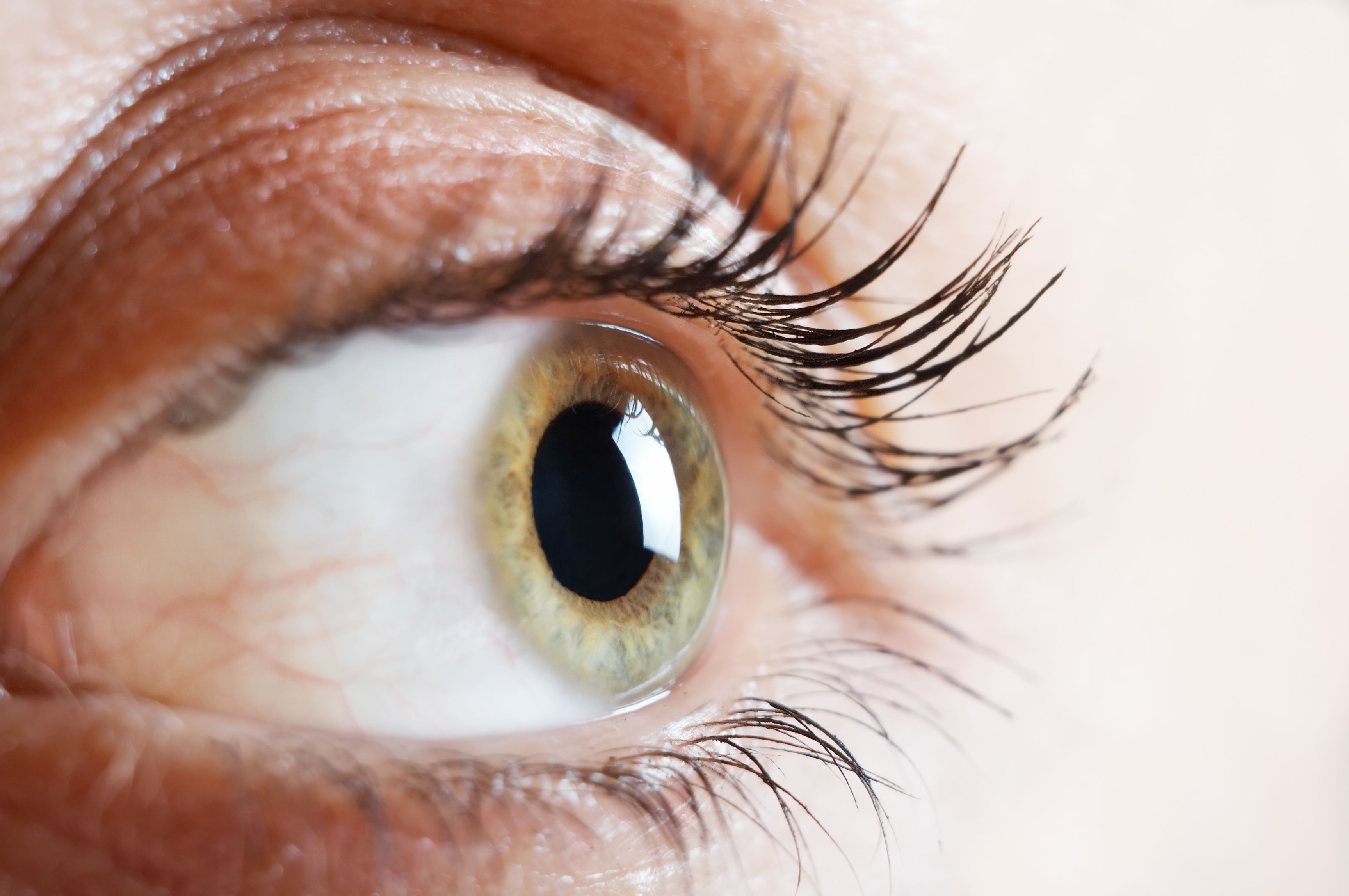Article
New EndoGlide technique in treatment for Fuchs’ dystrophy shows promise
Author(s):
After comparing two techniques of corneal transplant tissue preparation, research shows a newer, faster technique is safe and effective.
Descemet’s membrane endothelial keratoplasty (DMEK), has emerged as an effective treatment for patients with Fuchs’ dystrophy.

According to researchers in the Department of Ophthalmology at University of Colorado School of Medicine, a newer, faster technique for preparing corneal tissue for transplantation has been shown to be safe and effective.
Recently, partial-thickness corneal transplantation, or Descemet’s membrane endothelial keratoplasty (DMEK), has emerged as an effective treatment for patients with Fuchs’ dystrophy, a condition in which endothelial cells die off. During DMEK surgery, the surgeon only removes and replaces the damaged inner layer of the cornea, decreasing risks of transplant rejection with potential for excellent vision.
“It’s a great procedure because it has wonderful visual outcomes and a much lower risk of transplant problems down the road compared with older transplant techniques,” says Karen Christopher, MD, assistant professor of ophthalmology in the CU School of Medicine and lead author for the study1 recently published in the journal Cornea. “It can really restore vision-related quality of life for patients who suffer from symptoms of Fuchs' dystrophy, and our research shows we can do this more successfully now than ever before.”
Christopher led the CU research team which compared different ways of preparing cornea tissue for DMEK transplantation. One method used a relatively new tool called the DMEK EndoGlide, and one with a tool called a Jones tube, modified from a glass tube that had been used in tear drainage surgery. The research was conducted at the Rocky Mountain Lions Eye Bank, which prepared and then gathered data for 30 DMEK grafts used in the study.
The EndoGlide technique preserves the tissue in a tiny capsule and forceps are later used to pull the tissue into the eye during surgery. According to the study, this technique performed comparably to the modified Jones tube technique, which has been used for DMEK surgery for many years.
According to Christopher, this is the first direct comparison between the Jones tube and the EndoGlide technique, the latter of which she says provides more control for the surgeon during the transplantation. This leads to faster and more regulated tissue implantation.
References:
1. Christopher, Karen L. MD*; Terrin, Staci CEBT†; Lohmeier, John BA, CEBT†; Hartman, Matthew MD*; Davidson, Richard S. MD*; Taravella, Michael J. MD. Comparison of the Modified Jones Tube Technique and the DMEK EndoGlide Technique With and Without Viscoelastic Material for DMEK Tissue Preparation. Cornea; 42(2): p 247-251, Published February 2023. DOI: 10.1097/ICO.0000000000003178
Newsletter
Don’t miss out—get Ophthalmology Times updates on the latest clinical advancements and expert interviews, straight to your inbox.





